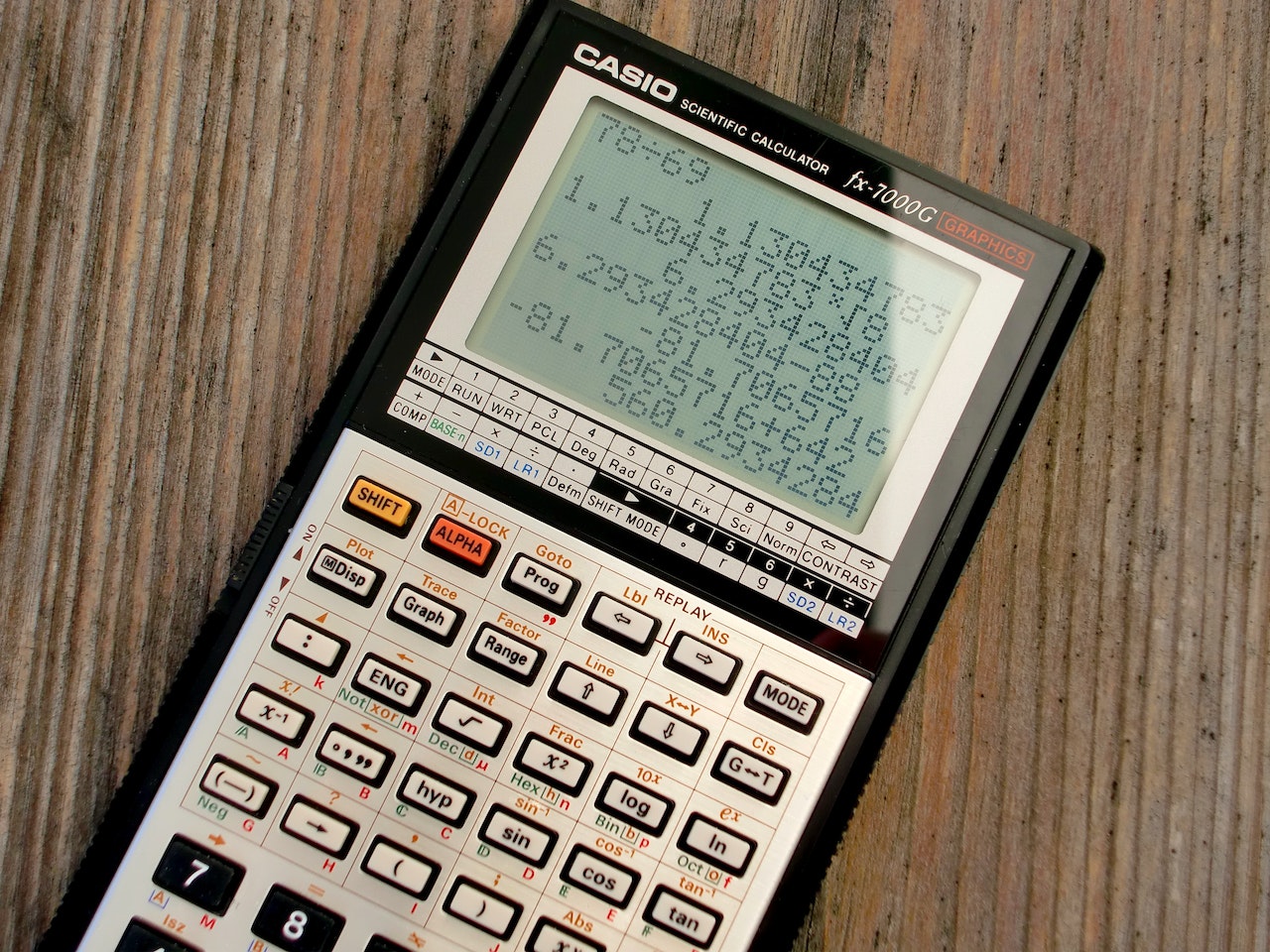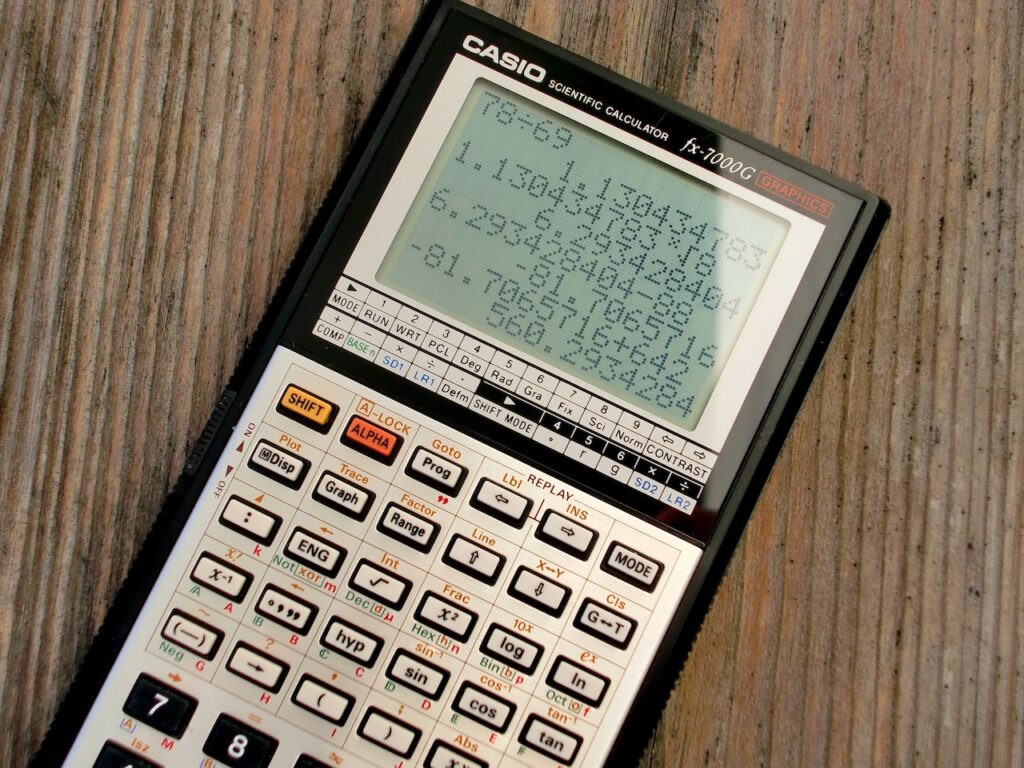Calculating the price per square foot is a fundamental aspect of evaluating commercial real estate in the United States. This metric serves as a crucial tool for investors, property owners, and real estate professionals to determine the value and potential profitability of a property. This comprehensive guide will delve into the intricacies of how to calculate the price per square foot in the USA for commercial real estate. We will explore the key factors that influence pricing, discuss the importance of this metric, and provide a step-by-step guide on how to perform these calculations accurately.
Understanding Price Per Square Foot
Price per square foot, often abbreviated as PPSF or PSF, is a commonly used metric in the real estate industry, both for residential and commercial properties. In commercial real estate, it represents the cost of a property per square foot of its rentable or usable space. This metric is invaluable for investors, buyers, and sellers, as it allows for quick and straightforward comparisons between different properties. By calculating the price per square foot, you can gain insights into the property’s market value, identify trends, and make informed decisions.
Factors Influencing Price Per Square Foot
Several factors can influence the price per square foot of commercial real estate. It’s essential to understand these factors to accurately assess property values and make informed investment decisions:
1. Location: The location of a commercial property is arguably the most critical factor in determining its price per square foot. High-demand areas, such as city centers or popular business districts, often command higher prices. Proximity to amenities, transportation hubs, and the overall economic health of the area can significantly impact property values.
2. Property Type: The type of commercial property plays a vital role in determining its price per square foot. Office spaces, retail storefronts, industrial warehouses, and multi-family buildings all have different price ranges based on the specific needs and market conditions for each type.
3. Market Conditions: Real estate markets are subject to fluctuations, affected by supply and demand, interest rates, and economic conditions. A competitive seller’s market generally results in higher prices per square foot, while a buyer’s market may offer lower prices.
4. Property Size: The size of the property itself is a significant factor in price per square foot calculations. Larger properties typically have a lower price per square foot, while smaller properties may have a higher cost per square foot.
5. Property Age and Condition: Older properties may be priced lower per square foot than newer ones due to maintenance and renovation requirements. The condition of the property, including the quality of finishes and infrastructure, also impacts pricing.
6. Lease Terms: For income-generating commercial properties, lease terms and rental rates have a direct impact on the price per square foot. Longer and more favorable lease agreements can increase property value.
7. Zoning and Land Use: Local zoning laws and land use regulations can restrict or expand the use of a property, influencing its value. Commercial properties that align with zoning regulations and are in demand for their designated use tend to have higher price per square foot values.
8. Amenities and Features: Properties with additional amenities, such as parking, accessibility, security systems, or energy-efficient features, can command higher prices per square foot.
Importance of Price Per Square Foot
The price per square foot is a vital metric for several reasons:
1. Comparability: It allows for direct comparisons between different properties, helping investors and buyers determine which properties offer the best value for their investment.
2. Investment Decision-Making: Investors use this metric to estimate potential returns and assess the financial viability of a property, making it an essential part of due diligence.
3. Price Negotiation: Sellers can use the price per square foot to justify their asking price, while buyers can use it as a bargaining tool during negotiations.
4. Market Analysis: Real estate professionals and analysts use this metric to track market trends, monitor price fluctuations, and make market predictions.
5. Portfolio Management: Property owners use price per square foot to assess the value of their existing properties and decide whether to buy, sell, or renovate.
Calculating Price Per Square Foot
Now, let’s explore the steps to calculate the price per square foot in commercial real estate:
1. Determine the Property’s Total Price: The first step is to determine the total cost of the property. This may involve researching listings, speaking with sellers or their agents, and considering the terms of the sale.
2. Measure Usable Square Footage: Measure the total usable square footage of the property. This typically includes all rentable space, which could be offices, retail areas, storage, and common areas. Exclude non-usable areas like walls, staircases, and mechanical rooms.
3. Divide Total Price by Usable Square Footage: To calculate the price per square foot, divide the total price by the total usable square footage. The formula is as follows:
Price Per Square Foot (PPSF) = Total Price / Usable Square Footage
4. Interpret the Result: The calculated price per square foot gives you the cost for each square foot of the property. This value can be used to compare the property’s price with others in the market.
Example Calculation:
Let’s say you are interested in a commercial property with a total price of $1,500,000 and a total usable square footage of 5,000 square feet. Using the formula, the price per square foot would be:
PPSF = $1,500,000 / 5,000 sq. ft. = $300 per square foot
This means that the price per square foot for the property is $300.
Factors to Consider in Price Per Square Foot Calculations
When calculating price per square foot, it’s important to consider the following:
1. Gross Leasable Area (GLA): For income-producing properties, such as retail or office spaces, use the gross leasable area instead of the total square footage. GLA only includes the space that generates rental income.
2. Additional Costs: Be aware of any additional costs, such as closing costs, property taxes, and maintenance fees, which may not be factored into the initial purchase price.
3. Renovations and Improvements: If you plan to renovate or improve the property, consider the costs and factor them into your calculations.
4. Market Analysis: Compare the calculated price per square foot to similar properties in the area to determine if it aligns with market trends and property values.
Calculating the price per square foot is a fundamental practice in evaluating commercial real estate in the USA. By understanding the factors that influence this metric and following a structured calculation process, investors, buyers, and sellers can make informed decisions, negotiate effectively, and assess the value of properties. Whether you’re a seasoned real estate professional or a newcomer to the industry, mastering the art of calculating price per square foot is essential for navigating the complexities of commercial real estate transactions.



